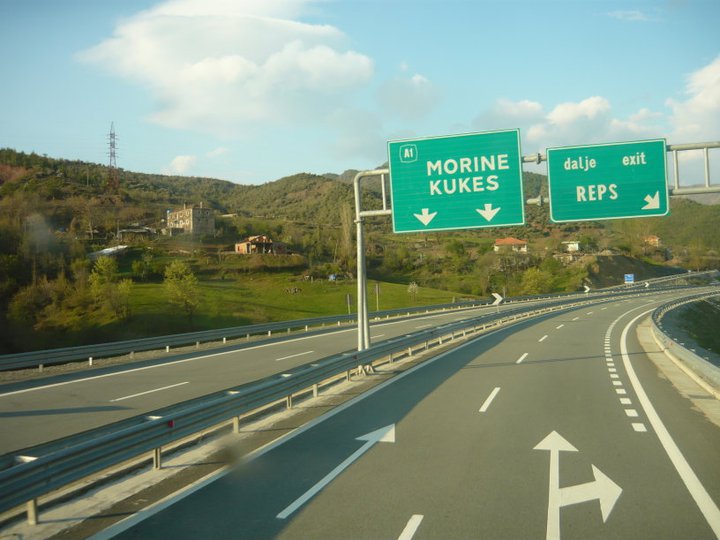Benzing the Rules

Rank the world’s nations by per-capita GDP, and you’ll find the Eastern European country of Albania well toward the bottom, at around #100, depending on whose list you go by. Albania comes in at #99 on the International Monetary Fund’s (IMF) list, with a per-capita GDP of $8,052, for example. For comparison’s sake, Iraq (#108) comes in at $7,080 and Iran (#72) is at $13,127. The European Union has an across-the-board per-capita GDP of about $32,000 — four times that of Albania — and the United States is at just under $50,000. Albania is one of the poorest nations in both Europe and the Western world as a whole.
But you wouldn’t know it by looking at what people drive.
There are a shade under three million people living in Albania. The nation had a troubled 20th century, falling to Italy in World War II and later became one of the world’s most repressive communist nations under the rule of Enver Hoxha from 1941 until Hoxha’s death in the spring of 1985. The nation became a parliamentary democracy in 1991, but the transition in general hasn’t gone all that smoothly, as evidenced by the repressed economic landscape.
In nations of similar economic standing, the automobile of choice can be accurately summed up as “whatever is cheap.” Yet for some reason, this isn’t true in Albania. As the New York Times reported, for many, it’s Mercedes or nothing. Mercedes outnumber all other brands in Albania, two to one per one estimate; Top Gear placed it at 4:1. This results in ridiculous imagery; the Times referenced one example of “several hundred polished Mercedes” which were “parked in formation in a muddy field strewn with litter and the livestock tended by subsistence farmers who live nearby.”
The Times attributed this vehicular preference to a quirk of Albania’s entry into market capitalism. As the country’s post-Communism economy crumbled, many Albanians emigrated to Western Europe. Return trips to visit family and friends were costly, and those who could afford to do so required a car — and often, ended up with used versions of high-end ones which they could afford to leave behind for their parents’ or siblings’ use. Because most of these emigres were going to Germany, many of the cars being brought back were used Mercedes. The brand became synonymous with economic prosperity in Albania, and, from a practical matter, car mechanics found that it was easier to repair a Mercedes simply because there were now a lot of spare Mercedes parts available. Albanian demand for the luxury vehicles skyrocketed.
And then, so did the black market availability of the cars. In 1999, the Los Angeles Times explained how. Albanians who emigrated to Germany would find employment, off the books, with part of their pay being their employers’ old cars. The employee would then drive the car back to Albania, selling it at a lower price point than it was worth — and the owner would report it stolen, collecting on the insurance money.
A win-win situation, except for the defrauded insurer, of course.
Bonus fact: The official Mercedes-Benz Museum is in Stuttgart, Germany (not Albania, sorry), and is home to all things Mercedes. According to Autoblog, it’s also home to the world’s “strongest artificially generated tornado.” The museum, as designed, did not have fire doors; therefore, in case of fire, smoke would accumulate and spread throughout the building. The 34.4 meter (37.2 yard) high tornado is the solution — it “create[s] a jet stream that draws smoke out of the building’s corridors and funnels it upwards and out an exhaust vent on the roof.” Neat.
From the Archives: No Parking: Singapore’s love-hate relationship with cars. Okay, hate-hate.
Related: A Mercedes-Benz hood emblem. Make any car into an expensive one for $36 and change.
